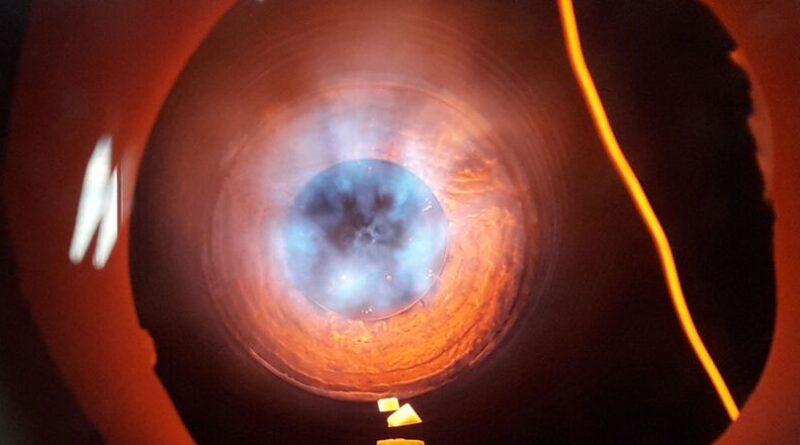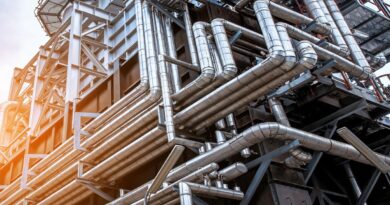Rise of electrofuels is double win for platinum
Growth in low-carbon fuels produced by combining carbon dioxide with green hydrogen is a double win for PGM demand growth
Also called electrofuels or synthetic fuels, e-fuels are low-carbon or carbon neutral fuels produced by combining carbon dioxide with hydrogen made by electrolysis, often in the presence of a platinum group metal (PGM) catalyst. The production of e-fuels follows a power-to-X approach – converting renewable electricity into liquid or gaseous fuels that are easy to store, transport and use.
E-fuels are effectively drop-in, sustainable alternatives to conventional fossil fuels that can be used to decarbonise aviation, shipping and transportation using existing infrastructure and engine design. The production of e-sustainable aviation fuel (SAF) and e-methanol for use in the maritime sector are both viewed as especially promising in this regard.
Although SAF production today is relatively limited, with estimates suggesting it accounted for only 0.53% of the global commercial fuel use in 2024, the International Air Transport Association (IATA) forecasts that it must reach 360 Mtpa by 2050 for the aviation industry to achieve its goal of net zero by that date. Using data presented by the Dalian Institute of Chemical Physics, estimates indicate that this could require almost 6 Moz of platinum catalysts at current loadings, which would represent a significant portion of annual platinum supply.
Recent developments in the e-SAF area have seen Boeing become a key project development partner of Norsk e-Fuel, a project developer building large-scale production facilities to supply synthetic fuels to the aviation industry. Through its investment, Boeing is looking to accelerate the availability of e-SAF in the Nordics and globally, underscoring the importance of using fossil-free energy in SAF production.
International Airlines Group (IAG) which comprises the airlines Aer Lingus, British Airways, Iberia, LEVEL and Vueling has recently reached a ten-year agreement for the supply of e-SAF from electrofuels provider Infinium. In 2023, IAG airlines used approximately 12% of the world’s supply of SAF and the agreement with Infinium will support its goal of powering 10% of all its flights with SAF by 2030.
Meanwhile, Johnson Matthey’s e-methanol technology has been selected for one of the largest planned e-methanol plants in Europe. The facility will be one half of an integrated green energy generation project in Spain called La Robla Green.
SAF projections could require almost 6 Moz of platinum by 2050.
This project is made up of two cutting-edge facilities: Roblum, a biomass fuelled green energy plant that will power more than 50,000 households, and La Robla NE, an e-methanol plant. La Robla NE will blend the CO₂ generated by the biomass plant with green hydrogen to produce e-methanol, with expected production of up to 140 kt/year.
PGM catalysts
Not only are PGM catalysts involved in some of the processes behind the chemical production of e-fuels, they are also used in proton exchange membrane (PEM) electrolysers, an electrolyser technology used to produce green hydrogen, one of the main feedstocks for e-fuels. Hydrogen-related demand for platinum from both the deployment of PEM electrolysers and, to a greater extent, fuel cell electric vehicles, is forecast to reach almost 450 koz by 2029.




